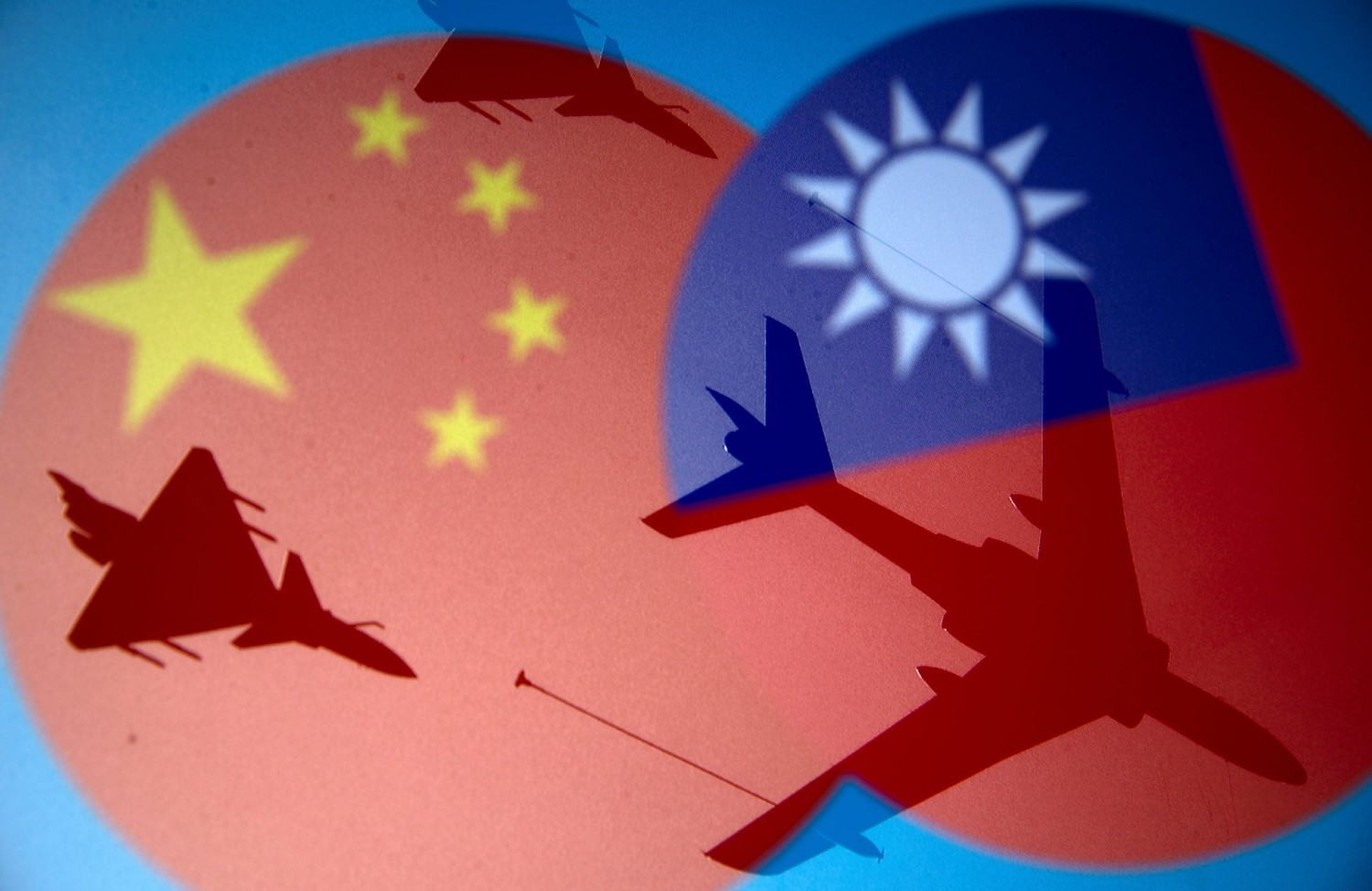Taiwan will conclude the deployment of 100 more missiles of an advanced version of the secretive Hsiung Feng-IIE (HF-IIE) land-strike missile that was unveiled last August during a test. According to Taiwanese defense officials, the Hsiung Sheng is an “extended range” of the HF-IIE and capable of reaching distances of 1,200 km.
Both missiles are capable of striking land targets in mainland China.
According to the Taipei Times, the Hsiung Sheng can “hit targets inside China” and went into production in 2022 as part of a $534.93 million plan to upgrade the “military’s deterrence against China.” That plan has reached the end of its implementation now.
Taiwan has faced persistent air and naval drills from the People’s Republic of China (PRC) around the island. Aircraft are now almost crossing the “median line”—an imaginary boundary over the sea and air that almost cuts the Taiwan Strait midway. Taiwanese commanders were also recently authorized to launch a “first strike” on Chinese planes and UAVs that are close to violating its airspace.
According to military science journals from the island, the new missile poses little threat to China since it lacks stealth capabilities and has low speed, making it vulnerable to detection and being shot down by China.
Long-Running Missilery Plan
The Hsiung Sheng project is part of a “special budget” for the Ministry of National Defense “aimed at improving naval and air combat capabilities.” The project is also ahead of time since “majority production would be completed this year” itself,” despite the project’s timeline being four years.
Two other sub-variants of the HF-IIE missile system are already in use by the Air Force. They are classified as either Type A or Type B, with ranges of 500 km and 1,000 km, respectively. Taiwan also developed a “new turbofan engine” codenamed “Kunpeng” for the “Type B missile,” which can “fly farther while conserving fuel.”
The Type A missile was first tested in 2004, and the Type B in 2007. Both have since been in regular mass production and supplied to the Air Force’s missile brigade. “The new longer-range surface-to-surface cruise missile… looks similar to the American Tomahawk,” an official was quoted as saying, referring to the Hsiung Sheng.
Although the ministry has not specifically disclosed the range of the Hsiung Sheng, sources have put it at 1,200 km. A report submitted to the Legislative Yuan in April 2022 revealed that the Hsiung Sheng can carry high-explosive and fragmentation warheads.
“It can be used to conduct counter-attack operations against the enemy’s command posts, bunkers, and airport runways.” A previous report from the ministry to the Legislative Yuan also said that the Hsiung Sheng shares a production line with the surface-to-air variants of the HF-IIE.
This means the Hsiung Sheng possibly has the same (or similar) guidance, navigation, and target-seeker system but has a different engine with a larger fuel capacity. Whether Taiwan has target-identification capabilities through deep aerial drone and satellite reconnaissance remains to be seen, but help from the US’s space and surveillance assets cannot be ruled out.
Although the military has not announced the expected production capacity, a new missile production plant at the National Chung Shan Institute of Science and Technology (NCIST) would likely allow an annual production of more than 130 of the new missiles. “When deployed alongside existing sea and air defense missile systems, the extended-range missile would improve overall combat readiness significantly,” the source said.

Still Vulnerable To Chinese Detection, Jamming
The Hsiung Sheng, however, is underpowered, can fly only at subsonic speeds, and paints a big radar picture, which makes it immune to Chinese air defense, Taiwanese defense experts pointed out in November 2023.
A South China Morning Post (SCMP) report quoted from the magazine said that “the weapon’s relatively large size, subsonic speed, and lack of stealth technology made it vulnerable to detection.”
The article said the missile “can be easily detected, tracked, monitored by modern, sensitive and precise anti-air radar systems.”
It also claimed the Taiwanese military had “limited abilities in reconnaissance and midcourse missile guidance, which would make the Hsiung Sheng less precise and more prone to interference.” The Hsiung Sheng missile was operated by the 791 Brigade, which was based in Taoyuan and New Taipei City.
- The author can be reached at satamp@gmail.com
- Follow EurAsian Times on Google News




